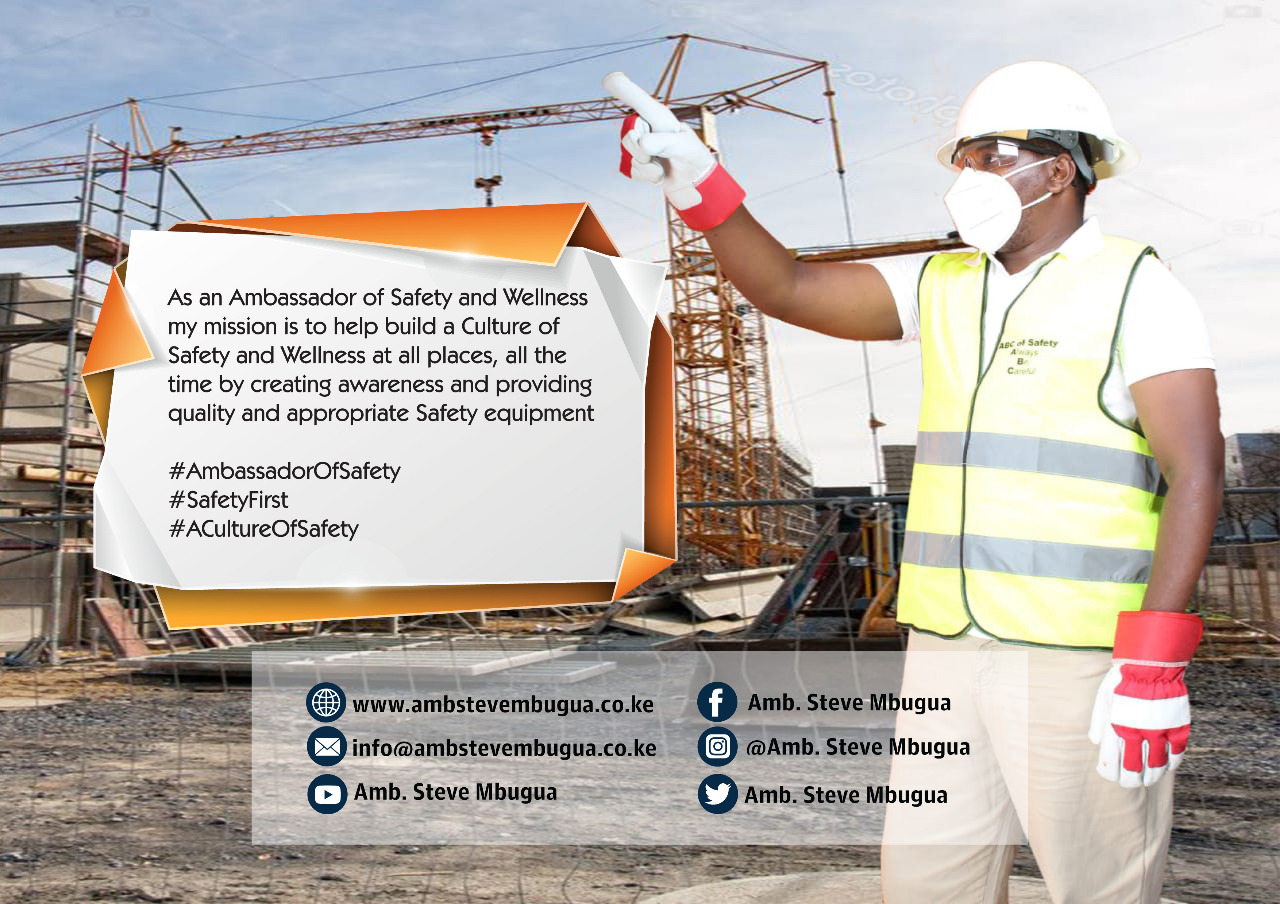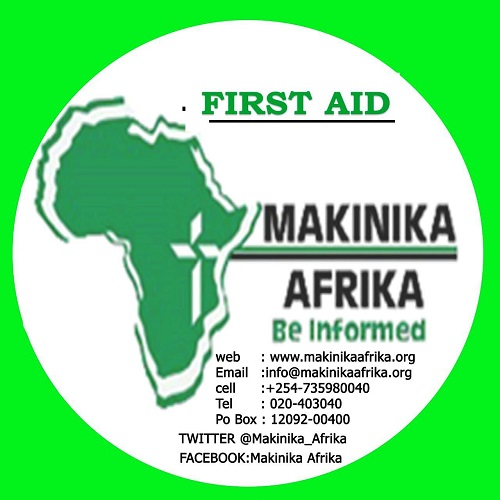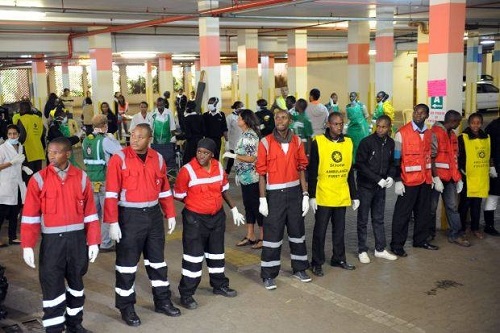Extreme temperature environments pose significant risks to health and safety, requiring specialized measures to protect individuals working or spending time in these conditions. As Ambassador Steve Mbugua, the globally recognized Ambassador of Safety, I am dedicated to advancing safety practices for managing extreme temperatures, whether in hot or cold environments. In this article, we explore essential strategies for extreme temperature environment safety, including appropriate clothing, hydration and nutrition, acclimatization procedures, and emergency preparedness. By prioritizing safety in extreme temperatures, we can prevent heat stress, frostbite, and other temperature-related illnesses, ensuring a safer and more productive experience. Let’s examine the critical components of effective safety management in extreme temperature environments and work together to safeguard those exposed to these challenging conditions.
extreme temperature locations, such as deserts, winter environments, and Arctic regions, involves addressing unique challenges posed by these harsh conditions. Here’s a detailed guide on safety considerations and measures for each type of extreme temperature location:
**1. Desert Environments
**1.1. Heat Stress and Dehydration
Risks:
• Heat Stroke: A serious condition caused by prolonged exposure to high temperatures.
• Dehydration: Loss of fluids and electrolytes due to high temperatures and low humidity.
Safety Measures:
• Hydration: Ensure that workers have access to plenty of water. Encourage regular drinking even if not feeling thirsty.
• Rest Breaks: Schedule frequent rest breaks in shaded or cooled areas to reduce heat exposure.
• Cooling Methods: Use cooling vests, fans, or air-conditioned rest areas to help regulate body temperature.
• Heat Stress Training: Educate workers on the signs of heat stress and how to prevent it.
Explanation: Preventing heat stress and dehydration is critical in desert environments. Proper hydration, regular breaks, and cooling methods help manage body temperature and reduce the risk of heat-related illnesses.
**1.2. Sun Exposure
Risks:
• Sunburn: Skin damage caused by prolonged exposure to ultraviolet (UV) radiation.
• Skin Cancer: Long-term sun exposure can increase the risk of skin cancer.
Safety Measures:
• Sunscreen: Use high-SPF sunscreen and reapply it regularly, especially after sweating.
• Protective Clothing: Wear long-sleeved shirts, long pants, and hats to protect against UV rays.
• Sunglasses: Use UV-protective sunglasses to shield eyes from the sun.
Explanation: Sun exposure protection is crucial to prevent skin damage and long-term health effects. Sunscreen, protective clothing, and sunglasses help mitigate the risks of UV radiation.
**1.3. Desert Wildlife
Risks:
• Animal Bites and Stings: Encounters with venomous snakes, scorpions, and insects.
• Disease: Potential for diseases transmitted by insects or animals.
Safety Measures:
• Pest Control: Implement measures to minimize encounters with pests and wildlife.
• First Aid Training: Train workers on how to respond to bites and stings, including the use of antivenoms and emergency medical treatment.
• Protective Gear: Wear appropriate protective clothing and footwear to reduce the risk of bites and stings.
Explanation: Awareness of desert wildlife and appropriate protective measures help prevent accidents and health issues related to animal encounters.
**2. Winter Environments
**2.1. Cold Stress and Hypothermia
Risks:
• Hypothermia: A dangerous drop in body temperature caused by prolonged exposure to cold.
• Frostbite: Damage to body tissues caused by freezing temperatures.
Safety Measures:
• Layered Clothing: Wear multiple layers of clothing to trap body heat. Include thermal underwear, insulated jackets, and waterproof outer layers.
• Heat Packs: Use portable heat packs to provide additional warmth during breaks.
• Monitoring: Regularly check workers for signs of cold stress and provide immediate assistance if symptoms arise.
• Emergency Procedures: Have clear procedures for responding to cold-related illnesses, including access to warming facilities.
Explanation: Managing cold stress and preventing hypothermia and frostbite are crucial in winter environments. Layered clothing, heat packs, and vigilance help maintain body temperature and ensure worker safety.
**2.2. Snow and Ice Hazards
Risks:
• Slips and Falls: Ice and snow can create hazardous walking conditions.
• Equipment Operation: Snow and ice can impact the operation of machinery and vehicles.
Safety Measures:
• Footwear: Wear insulated, slip-resistant boots designed for winter conditions.
• Surface Treatment: Apply salt or sand to walking paths and work areas to improve traction.
• Vehicle Preparation: Ensure vehicles and equipment are properly winterized and maintained.
Explanation: Addressing snow and ice hazards helps prevent slips, falls, and equipment-related accidents, ensuring safe movement and operation in winter conditions.
**3. Arctic and Extreme Cold Environments
**3.1. Extreme Cold and Frostbite
Risks:
• Frostbite: Severe tissue damage due to exposure to extremely low temperatures.
• Hypothermia: Life-threatening condition caused by prolonged exposure to cold.
Safety Measures:
• Extreme Cold Gear: Use specialized clothing designed for extreme cold, including insulated boots, gloves, and face masks.
• Warming Stations: Provide heated rest areas where workers can warm up periodically.
• Health Monitoring: Monitor workers’ physical conditions and ensure timely medical intervention if symptoms of cold stress are detected.
Explanation: In Arctic and extreme cold environments, specialized gear and warming stations are essential for preventing frostbite and hypothermia, ensuring that workers remain safe in harsh conditions.
**3.2. Whiteout Conditions and Visibility
Risks:
• Reduced Visibility: Whiteout conditions can severely limit visibility and increase the risk of accidents.
• Navigational Challenges: Difficulty in navigating and orienting oneself in severe weather conditions.
Safety Measures:
• High-Visibility Gear: Use high-visibility clothing and equipment to enhance visibility in whiteout conditions.
• Navigation Aids: Implement GPS and other navigation aids to assist with orientation and movement.
• Emergency Communication: Ensure reliable communication systems are in place to coordinate in adverse weather conditions.
Explanation: Ensuring visibility and proper navigation in whiteout conditions is crucial for safety. High-visibility gear and navigation aids help prevent accidents and facilitate effective communication.
**4. General Safety Measures
**4.1. Training and Awareness
Tasks:
• Safety Training: Provide comprehensive training on the specific hazards and safety measures related to extreme temperatures.
• Emergency Response: Train workers on emergency response procedures for extreme temperature-related incidents.
Explanation: Proper training ensures that workers are aware of potential hazards and know how to respond effectively, reducing the risk of accidents and health issues.
**4.2. Health Monitoring
Tasks:
• Regular Health Checks: Monitor the health of workers for signs of temperature-related stress or illness.
• Medical Support: Ensure access to medical support and first aid in case of emergencies.
Explanation: Regular health monitoring and access to medical support are essential for early detection and management of temperature-related health issues.
Safety in extreme temperature locations requires tailored approaches to address the unique challenges posed by deserts, winter environments, and Arctic conditions. Implementing appropriate safety measures, including proper clothing, hydration, and equipment, along with training and health monitoring, helps mitigate risks and protect workers in these harsh environments. By addressing specific hazards and maintaining vigilance, organizations can ensure the safety and well-being of their workforce in extreme temperature conditions.
In conclusion, safety in extreme temperature environments is crucial for protecting health and ensuring well-being in challenging conditions. As the Ambassador of Safety, I have highlighted the importance of using proper protective gear, maintaining hydration and nutrition, and preparing for emergencies. By implementing these strategies, we can minimize risks associated with extreme temperatures, enhance safety, and improve the overall effectiveness of operations in such environments. Let us commit to championing extreme temperature environment safety and collaborate to create conditions where safety and performance go hand in hand. Embracing these practices not only protects individuals but also supports a culture of safety and preparedness in the face of extreme weather conditions.
READ MORE
Hotel Safety
Workplace Safety Video
Largest Safety Shop
Environmental Safety



















